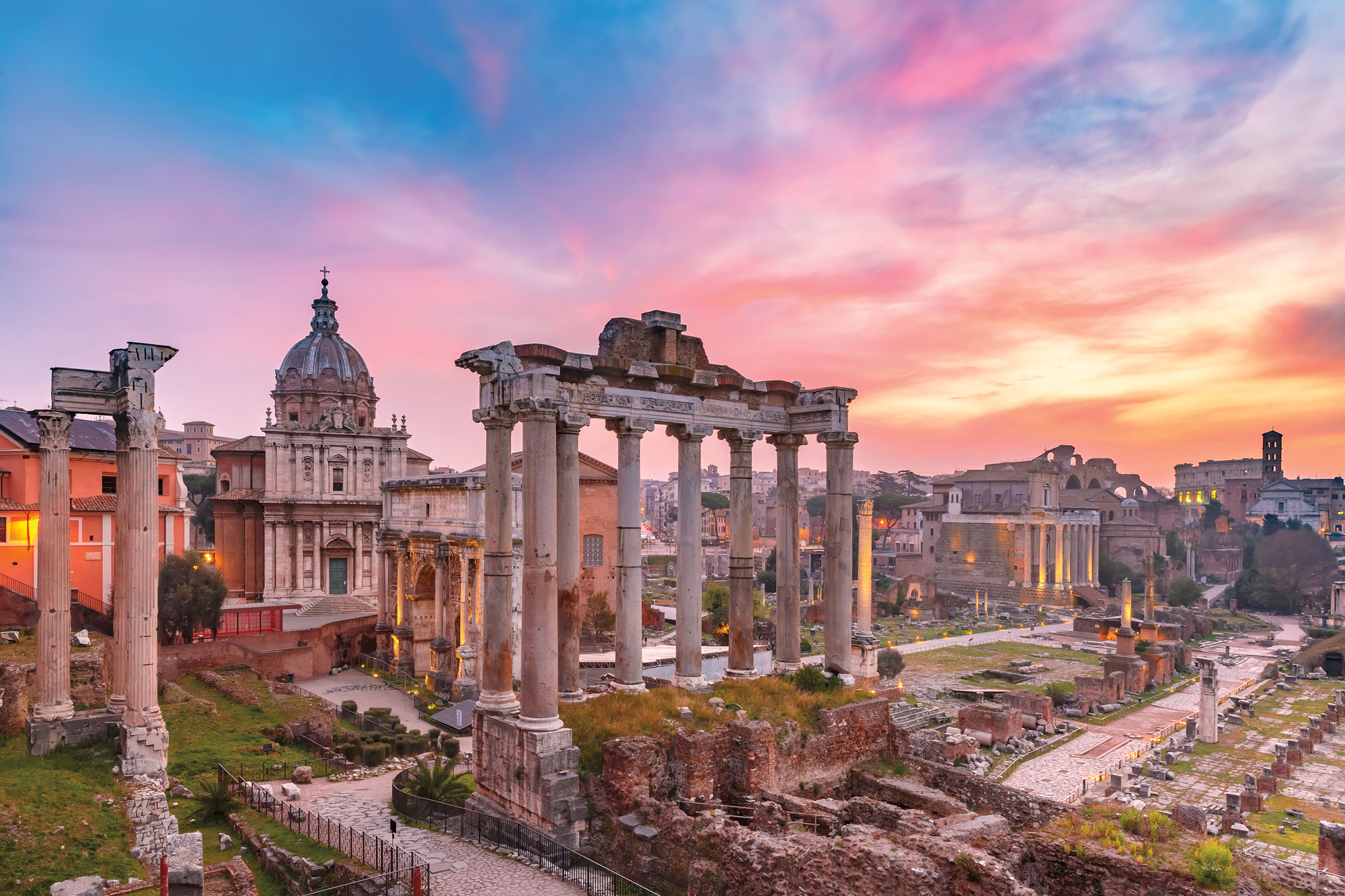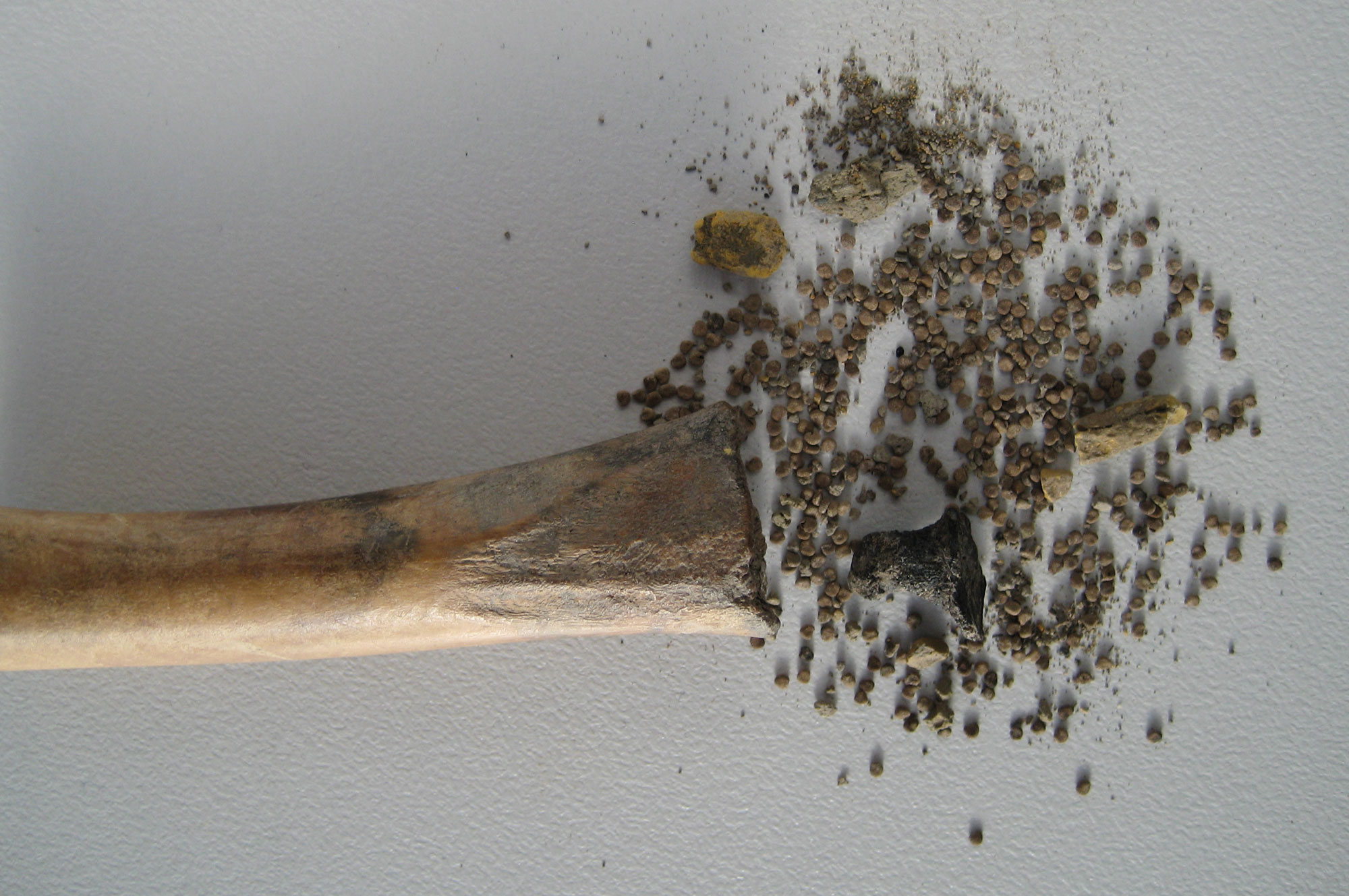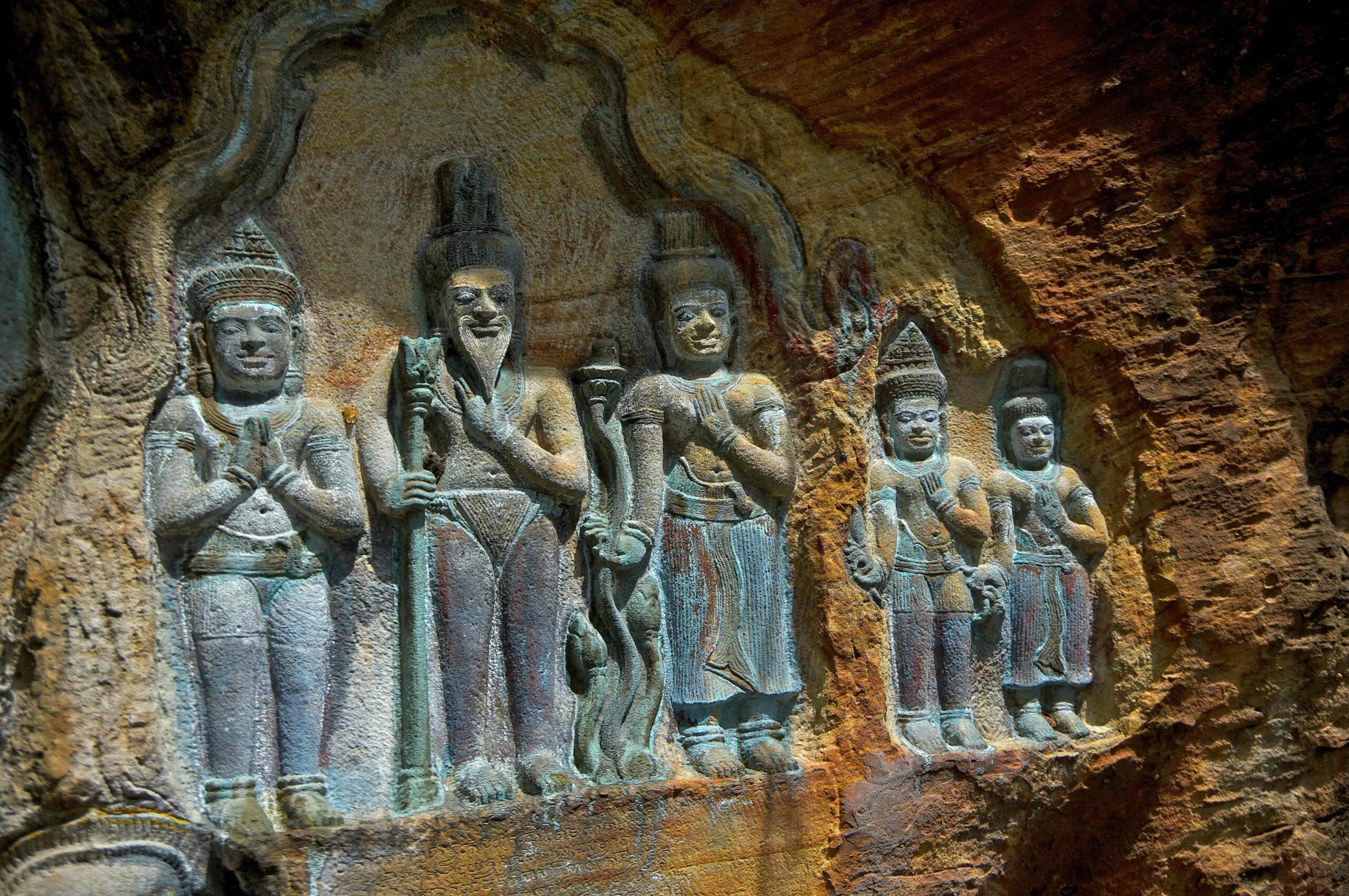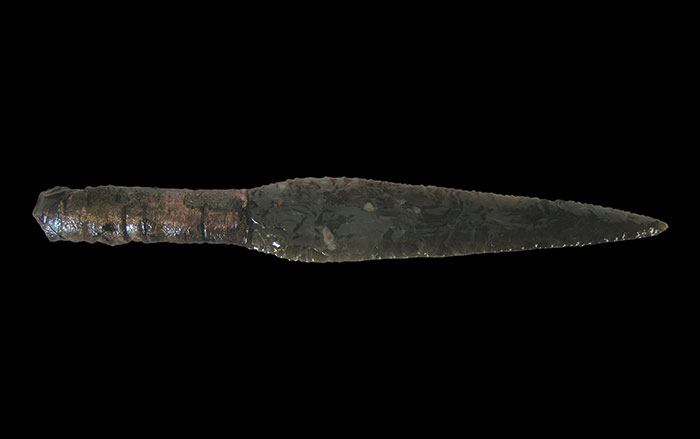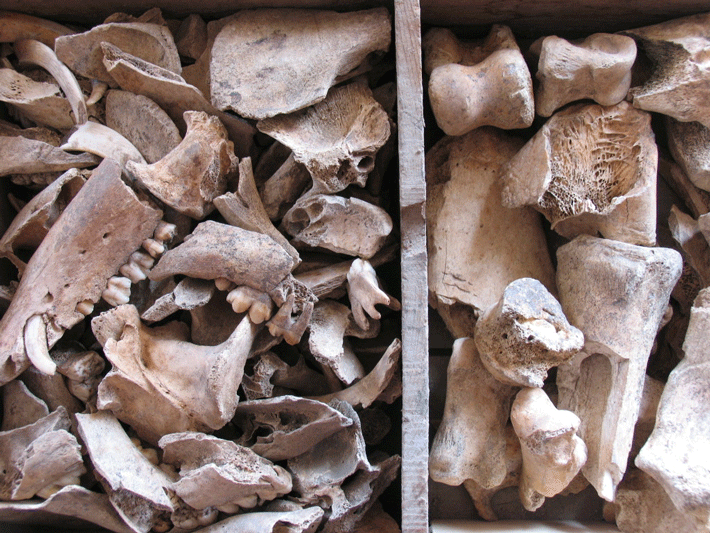
NEW ORLEANS, LOUISIANA—Zooarchaeologists Michael MacKinnon of the University of Winnipeg and Angela Trentacoste of the University of Sheffield reviewed the contents of ancient dumps and latrines, and shards of porcelain to piece together the ancient Mediterranean diet. They presented their research at the annual meeting of the Archaeological Institute of America last month. Pork was a staple food for the Etruscans and the Romans, and was probably served in ways familiar to today's Italian diners. The poor and the rich both ate easy-to-keep pigs, although the rich got better cuts of meat and ate it more often and in larger quantities than the poor. The rich also indulged in rare spices and fancy dinnerware, while the lower classes used crude utensils to eat meals purchased from street vendors, or stews and porridges cooked in large pots. “The wealthier you are the more you want to invest in display and advertising to your guests. Flash was perhaps more important than substance. Whole animals showed great wealth,” MacKinnon explained to Inside Science. To read more about ancient food, see "The Trouble With Blood."




